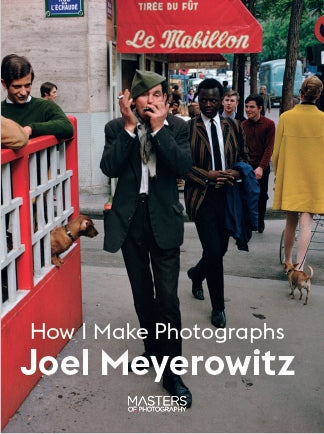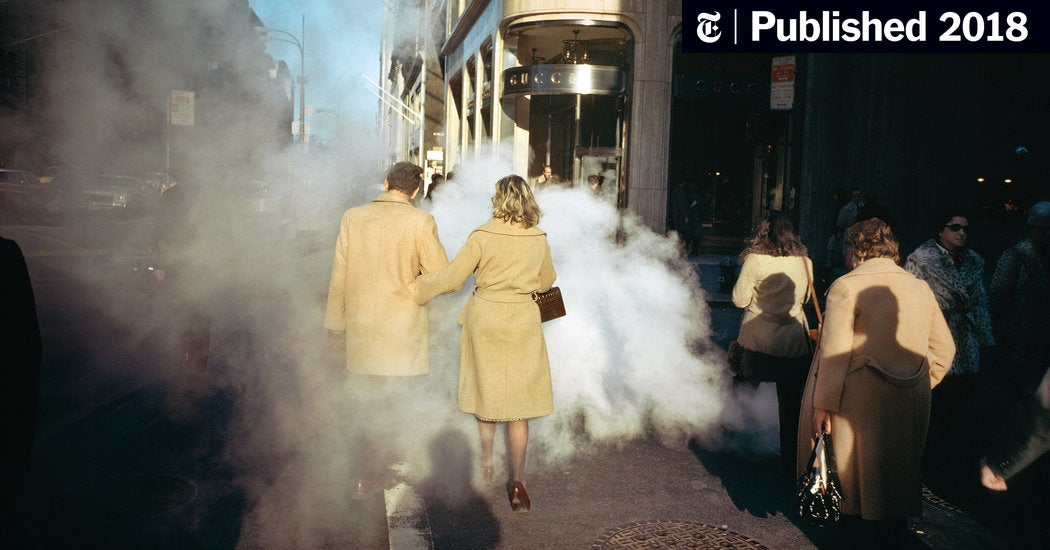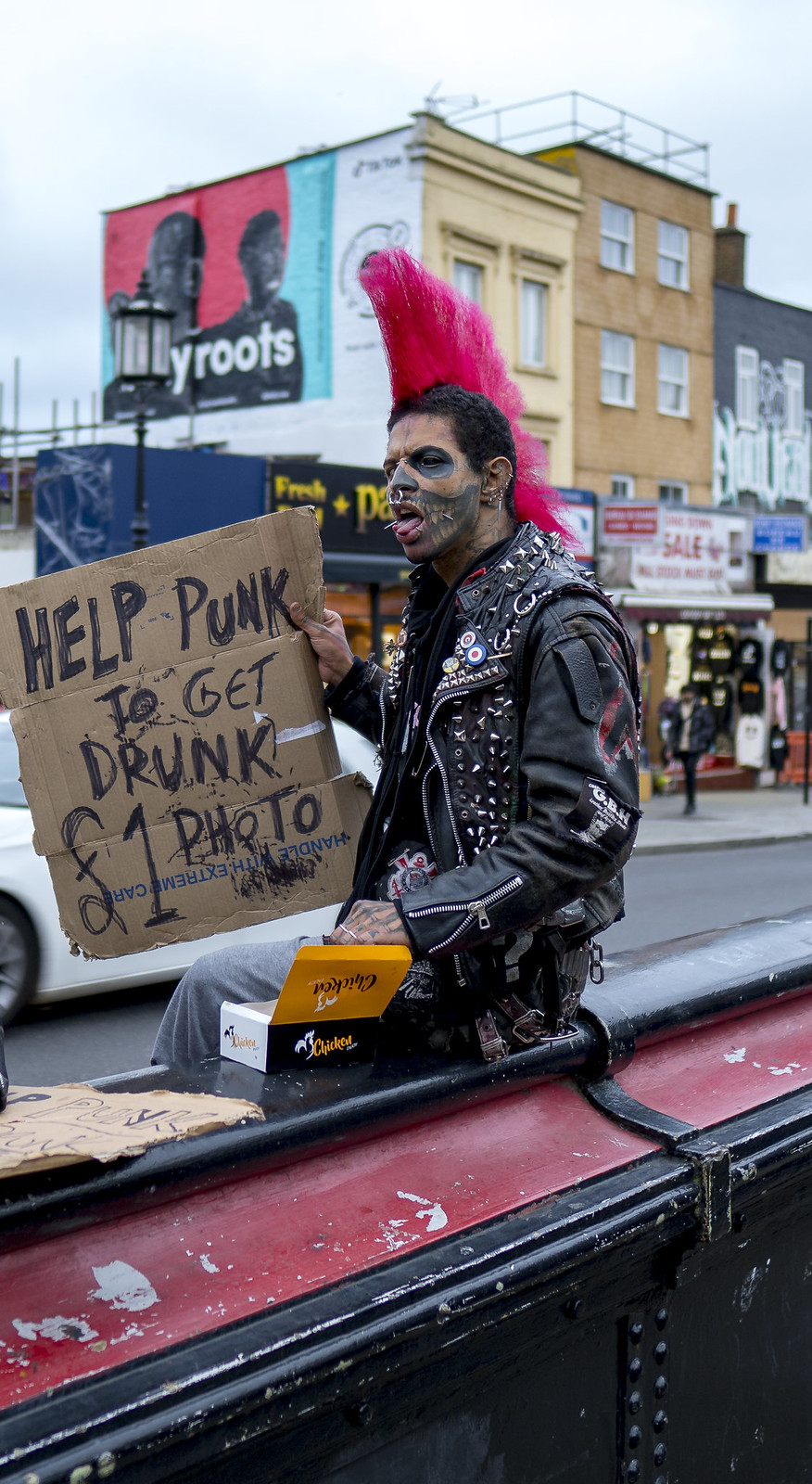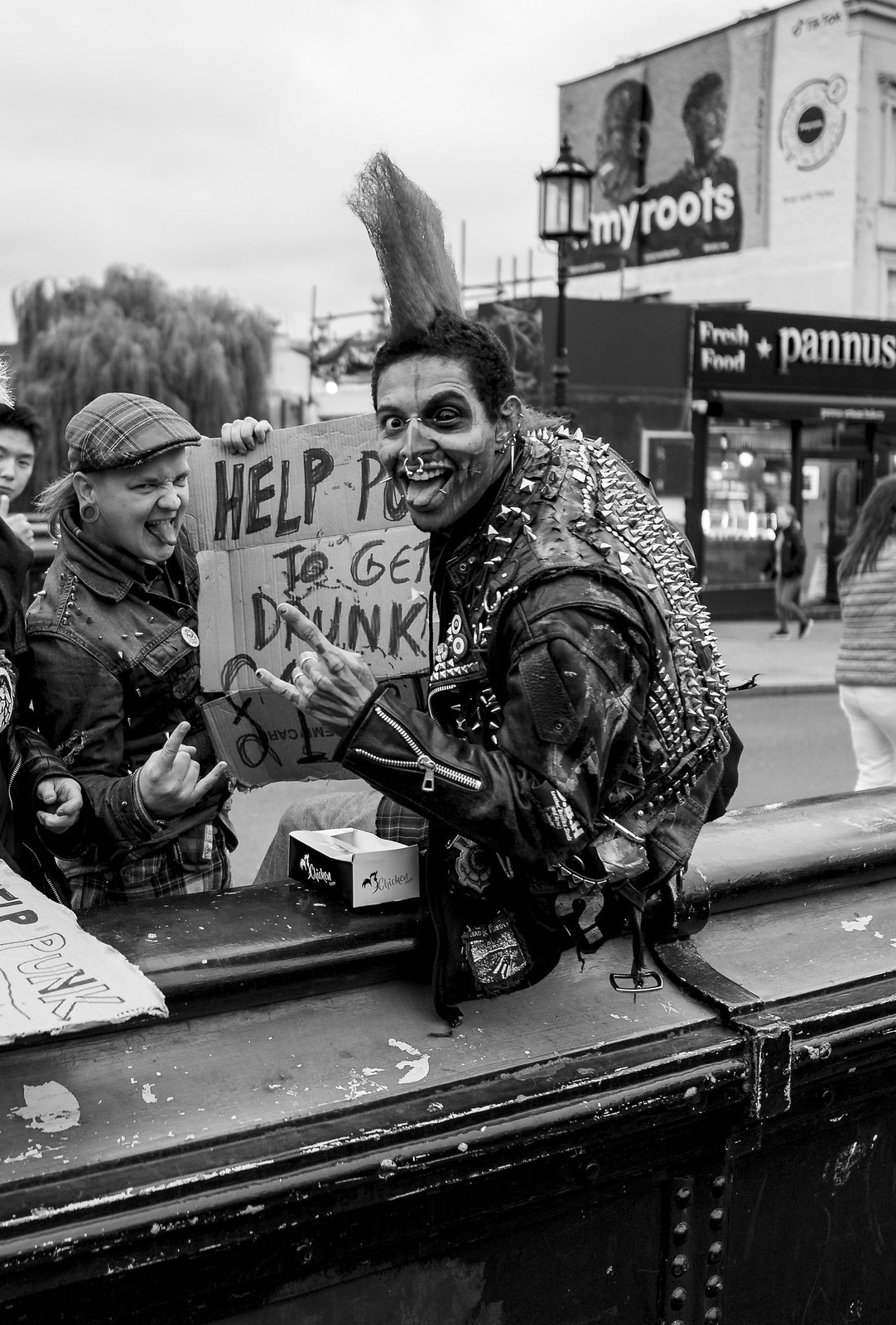- Messages
- 2,249
- Name
- Lee
- Edit My Images
- No
There is a small but interesting book by Joel based on the course he does (which includes a couple of paragraphs about the photograph you posted):
The book

Joel Meyerowitz
The 'Masters of Photography' series is a new approach to photography how-to. Each volume is dedicated to the work of one key photographer who, through a series of bite-sized lessons and ideas, tells you everything you always wanted to know about their approach to taking photographs. From their...www.laurenceking.com
The course
Online class — Joel Meyerowitz
www.joelmeyerowitz.com
As an aside, strictly speaking, for copyright reasons, I don't think you should have posted his photograph here without his permission ( I am assuming you didn't get it) there are some exceptions to this e.g. for educational use. etc which this fall under, but at the very least you should provide a URL to the source of the image. Obviously it was credited in your text

Exceptions to copyright
Details of the exceptions to copyright that allow limited use of copyright works without the permission of the copyright owner.www.gov.uk
No doubt someone will come along with a more definitive comment on this, but thought it was worth mentioning.
This was the article I saved the image from.

Joel Meyerowitz’s Career Is a Minihistory of Photography (Published 2018)
Five photographs reveal the evolution of a master street photographer.
I agree with everything you say. However, to that I would also add, did Joel Meyerowitz get permission to print the faces of all the people he took photos of in the street without them knowing.












